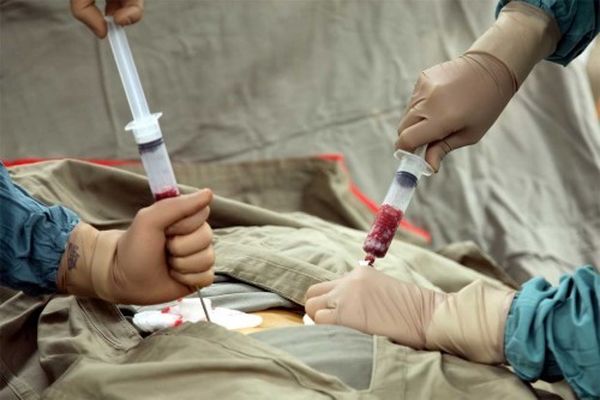Some cancer patients must undergo intense chemotherapy or radiation therapy as part of their treatment. In these situations it might be necessary for the patient to receive a bone marrow transplant which may be damaged during these treatments.
Both chemotherapy and radiation treatments are used because of their ability to prevent cells from dividing at a faster rate than normal cells in the body. Bone marrow cells also divide frequently and as a consequence these are often damaged when cancer patients undergo this guide of treatment programme.
Bone marrow is essential to the production of white blood cells which the body needs to fight infection, prevent excessive bleeding and carry vital oxygen throughout the body. Any stem cells which may be damaged or destroyed during treatment can be replaced via a Bone Marrow transplant and in turn give cancer patients the blood cells needed to aid their recovery.
Which forms are treated by bone marrow?
If a patient is suffering from leukaemia or lymphoma it is likely they will require a Bone Marrow Transplant. When in remission and the visible signs of cancer are reduced the patient will benefit enormously from a transplant. Apart from these two core cancers, bone marrow transplants have also been used successfully with patients affected by neuroblastoma and myeloma. Additional research is underway to explore whether other forms of cancer may benefit from this kind of transplant.
The process
Stem cells are extracted from the centre of the bone, known as the marrow and these cells are harvested. The donor will be placed under general anaesthetic and then needles are inserted to draw the marrow out of the bone. This process can take about an hour. Once the marrow has been removed it is processed to remove any blood or bone residue. Precious bone marrow cells can be frozen to ensure that the stem cells remain healthy until required.
The patient then receives anticancer drugs and will receive the new bone marrow cells via an intravenous line; it can take between one and five hours for the transplant to take place.
Side effects
In order to reduce side effects specialists will search for cells which match the patients most closely. Close relatives are often a good match because of the higher matching HLA antigens. A simple blood test can identify whether a potential donor is a good match for the patient. A patient is less likely to reject the bone marrow cells if the donated cells are a close match. This is a delicate process and one which can be time consuming.
Matching ethnic and racial groups also improves the chance of acceptance for a patient. Although donor registers exist there is no guarantee that the stem cells will be accepted. Identical twins who share identical HLA antigens will be a complete match but it must be remembered that these represent a very small minority of cancer patients.
The short term side effects of a bone marrow transplant include; nausea, fatigue, loss of appetite and skin reactions. Long term there are reported cases of infertility and damage to the liver and kidneys – however this is more connected to the cancer treatment than the transplant itself.
Written by Kat Kraetzer, an experienced blogger working in the health-care industry for many years

